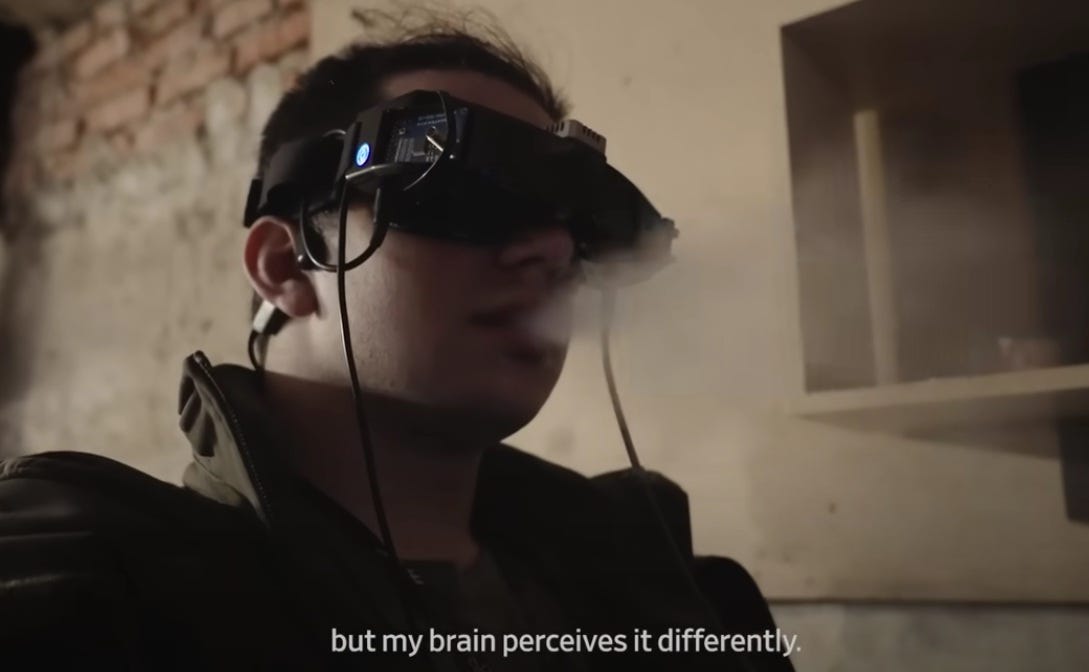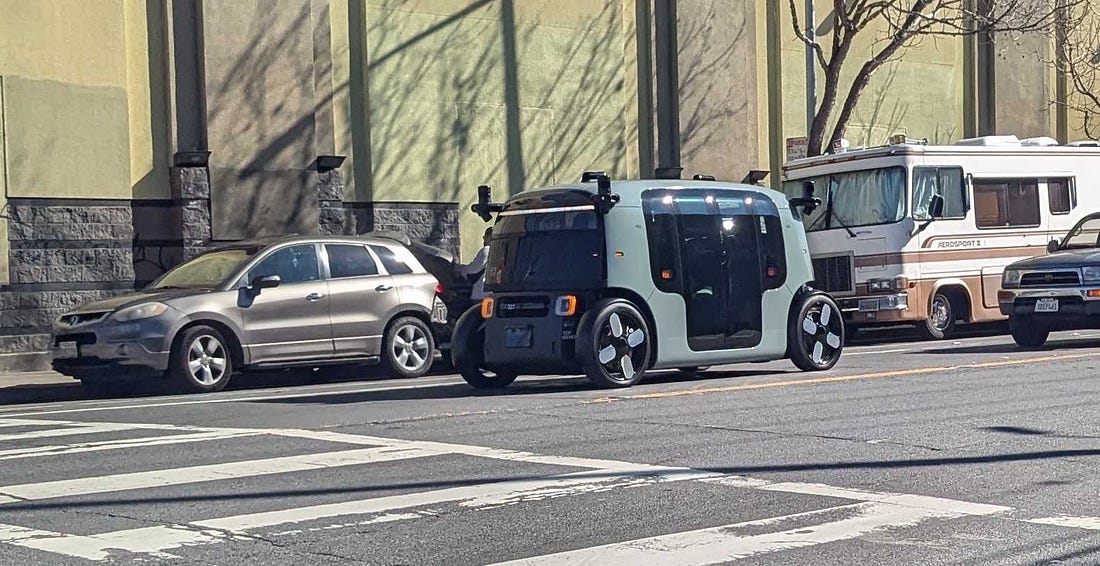|
The years of my youth must have been such a disappointment for sci-fi fans of my parents’ generation. They were raised on stories of spaceships soaring between the stars, and they grew up to see the space shuttle explode and humankind abandon the moon. They grew up expecting flying cars and robot servants, but as they reached middle age they were still trundling along the ground and doing their own laundry.
What happened in the 1970s that seemed to rob the future from the Boomer generation? Energy. With the end of cheap oil in 1973, and the failure of nuclear power to get cheaper as volumes scaled up, the dreams of the sci-fi authors of the mid-20th century failed to materialize. Those dreams had partially been based on fantasy physics (faster-than-light travel, gravity control, time travel),¹ but partly they were based on the expectation that energy would keep getting more plentiful and engines would keep getting more powerful and compact. But in the 1970s, humanity suddenly stopped being able to harness more and more energy per person:
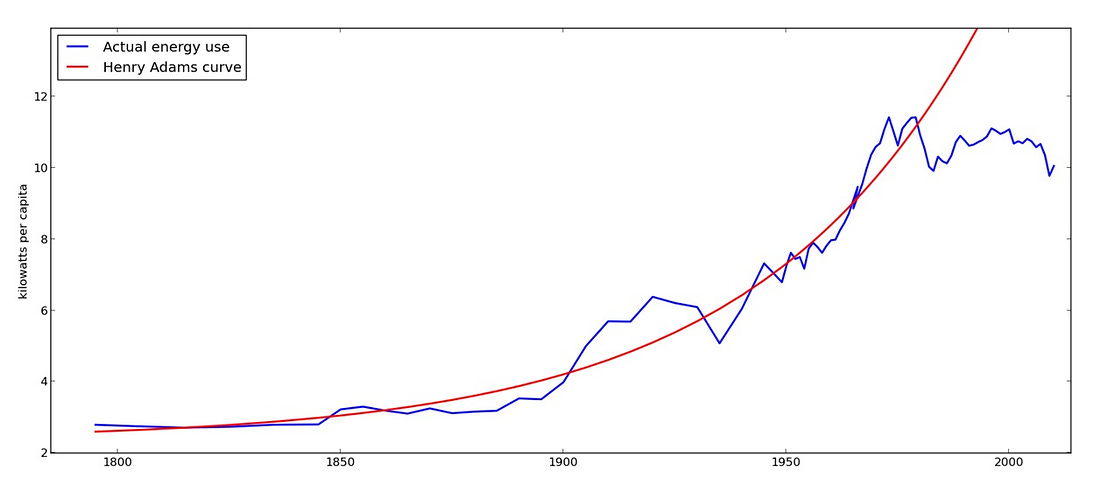 |
Limited by energy scarcity, humanity’s innovative efforts switched from atoms to bits; “technology” in 1970-2010 was defined by computers, software, and the internet. In 2011, Paul Krugman and Tyler Cowen were writing that the appliances in their kitchen hadn’t changed since they were children.
Science fiction writers anticipated this shift quite early on. The “cyberpunk” writers of the 1980s and 1990s — William Gibson, Neal Stephenson, Masamune Shirow, Bruce Sterling, Mike Pondsmith, Kojima Hideo, Konaka Chiaki, Vernor Vinge, and many others — didn’t envision a future entirely devoid of hardware innovations, but most of what they envisioned for the 21st century centered around advances in the internet, AI, robotics, and biotech.
That was the future I grew up expecting — a neon-drenched, mostly earthbound world where humans would mingle with robots, escape into digital fantasies, and modify their bodies. Instead of bold space explorers firing ray guns at alien conquerors, the heroic figures of my fantasies were hackers and street samurai, battling the nefarious plots of shadowy corporations, insane billionaires, and dystopian surveillance states.
Unlike my parents, I actually lived to see the future I imagined as a kid. Beginning in the 2010s, and accelerating in the 2020s, reality began to conform to the cyberpunk visions I grew up with.
We are living in the cyberpunk future
Though I’ll still go back and read some stuff from the 80s and 90s, I stopped reading new cyberpunk about a decade ago. Around that time it became clear that the pace of real technological change had overtaken authors’ imaginations; newly written cyberpunk fiction began to feel retrofuturistic, like someone writing about the present and getting it wrong. Meanwhile all I had to do to see fantastic techno-futures unfold around me was to read the news.
For the last two years, a giant animated sphere has loomed over the city of Las Vegas, occasionally taking the form of a titanic blinking eyeball:
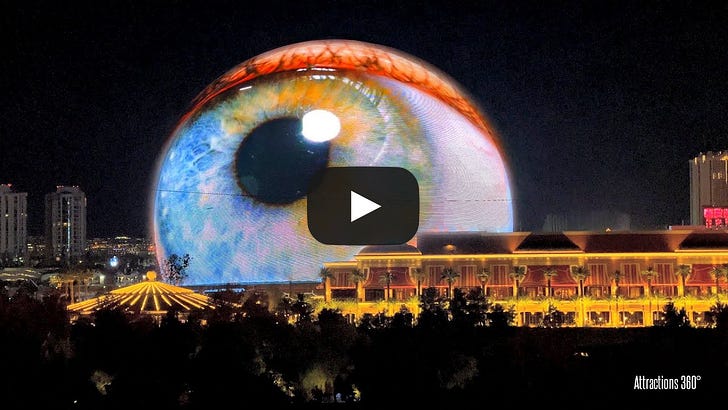
Open up the video app on your pocket computer, and you can see videos of humanoid robots shooting machine guns at a metal-coated “cybertruck”:

Those humanoid robots are walking around our college campuses too.
Meanwhile, self-driving robot cars increasingly fill our streets. Here’s a photo I shot from the window of my own robot car, of a very different-looking type of robot car that I had never seen before:
It has become absolutely normal to see security robots of all shapes and sizes rolling through parks and shopping centers, mute sentinels with their camera eyes spinning. Police departments are beginning to use robots too — the Denver Police Department has a bomb-sniffing robot dog that also tries to get criminals to surrender to it:
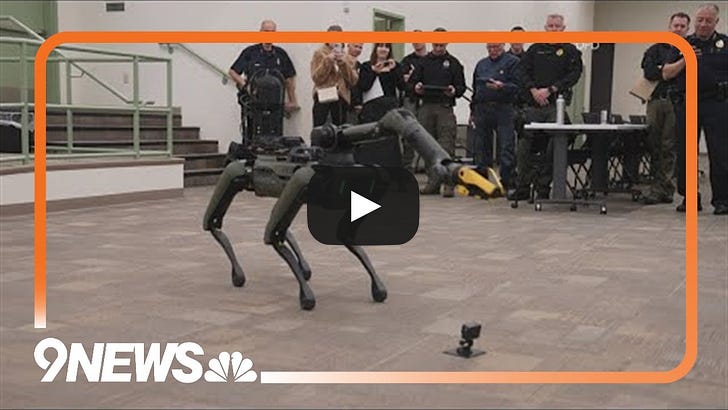
Except in a few cities, robots aren’t ubiquitous yet, but they’re already generating some pretty cyberpunk stories. In Moscow, there were reports of a dog robot that was found selling drugs on the street, and shut itself down and wiped its memory when the police grabbed it . And here was an alert from a couple of years ago:
Meanwhile, the skies of our world have come alive with new kinds of low-flying aircraft. People are getting packages delivered by drones:
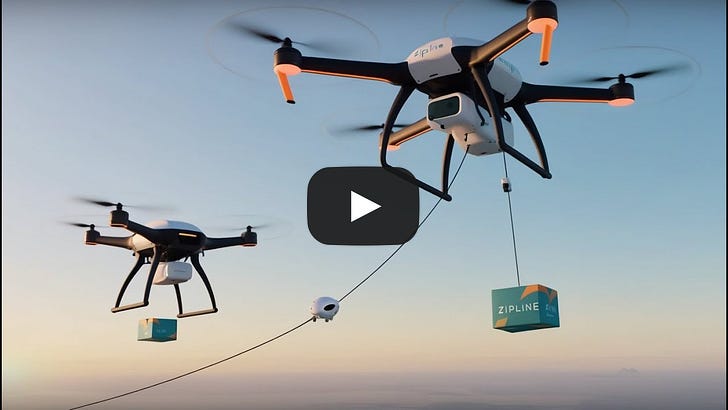
And just as the cyberpunks foretold, drones are taking over warfare. Finding themselves at a tremendous disadvantage in men and materiel, and facing a cutoff of American aid, the Ukrainians have responded by innovating furiously in the military drone space. Drones are increasingly replacing infantry, artillery, reconnaissance, long-range bombers, and everything else on the battlefield.
I’m not sure I’ve ever seen a more cyberpunk video than this documentary about a Ukrainian drone pilot:

Drones are currently winning the war against electronic countermeasures, and when they
